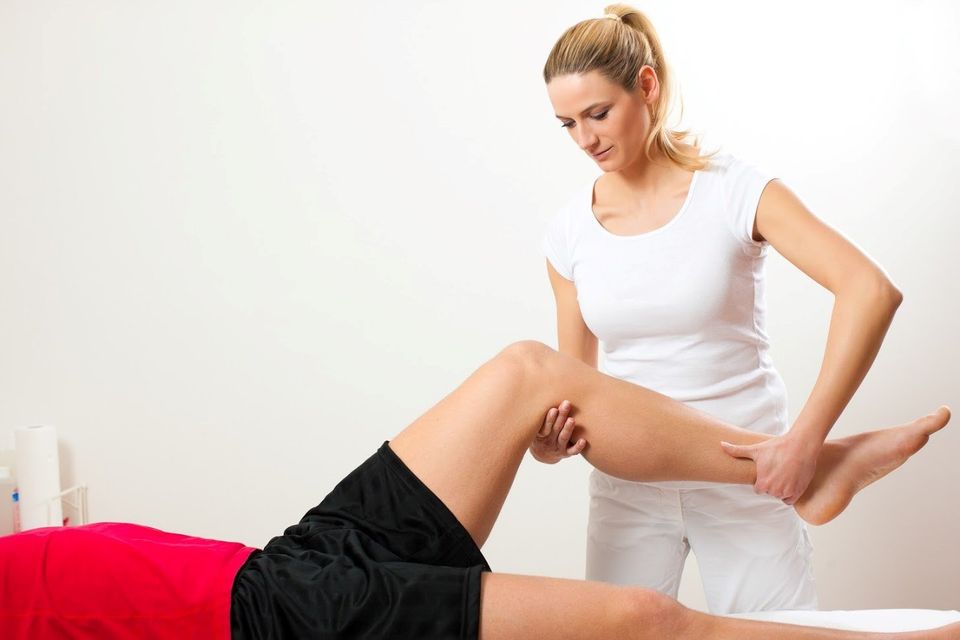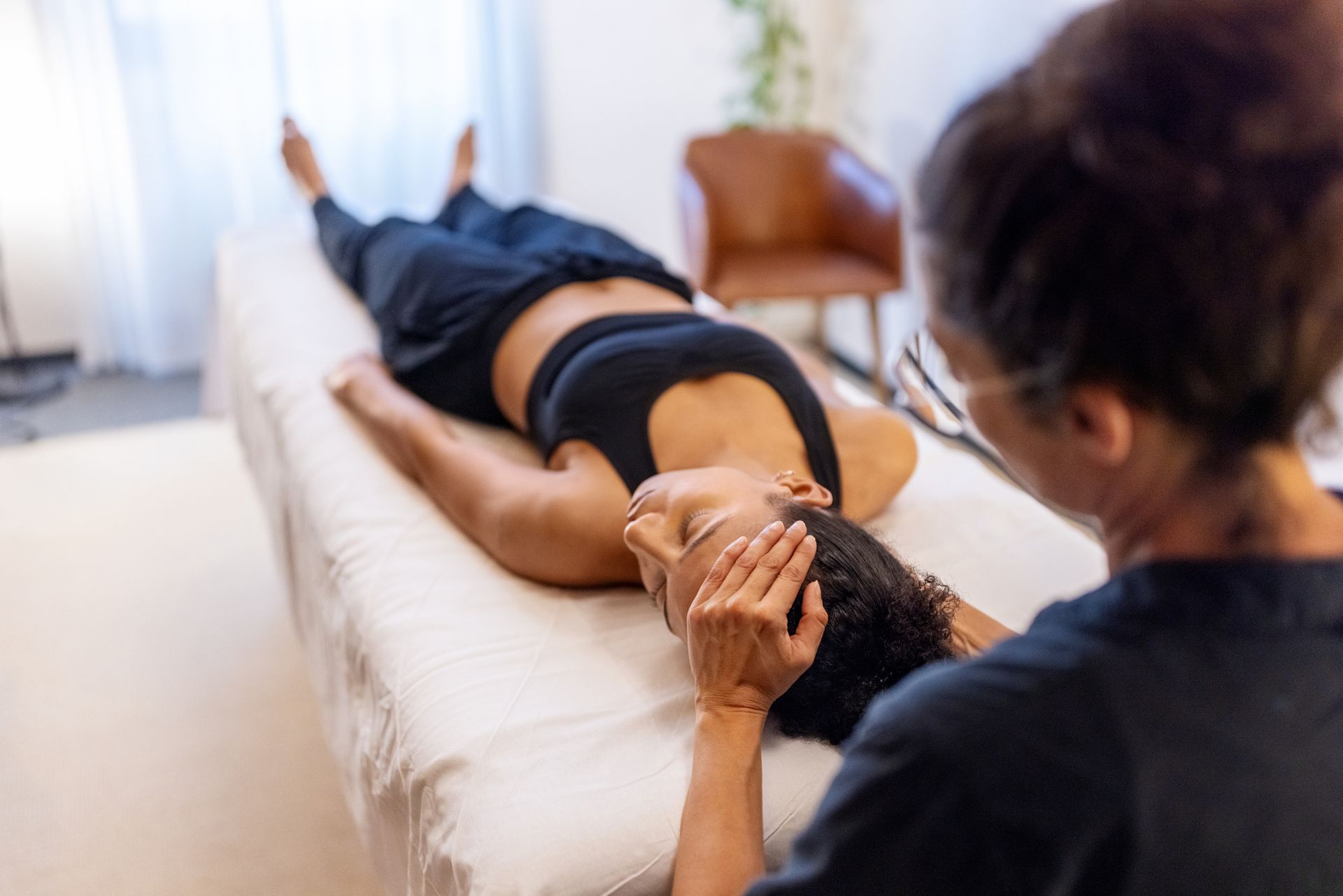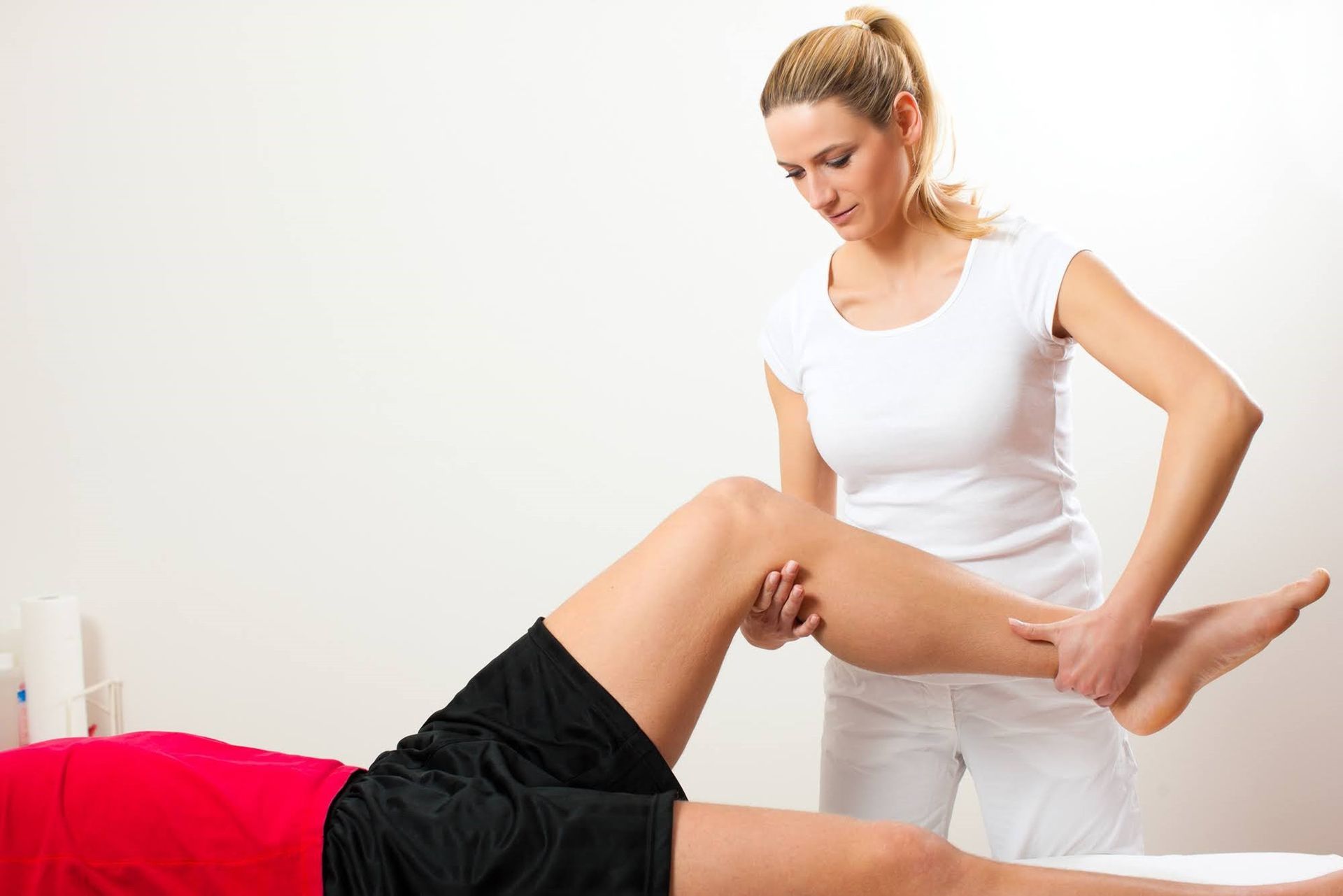How Physical Therapy Helps After Hip Surgery
Admin • July 6, 2019

When you have hip replacement surgery, then consider physical therapy after you leave the hospital. While you are not required to complete physical therapy, you will find that doing so is often in your best interest. Regular physical therapy offers several benefits in the weeks and months after you leave the hospital.
Here is more information about the benefits of physical therapy, the time when physical therapy should start, the types of exercises you may need to do, the benefits of home therapy, and the length of time involved.
What Are the Benefits of Physical Therapy?
Physical therapy works to directly strengthen your muscles around the hip area to restore your hip's normal motion. By diligently doing your exercises, you may be able to return to your usual activities earlier than if you didn't do the therapy. Physical therapy also helps your blood circulation around the surgical site, reduces the risk of dangerous blood clots, and helps to decrease pain and swelling.
When Should Physical Therapy Start?
Physical therapy will likely begin almost immediately after surgery. On the first day, you will likely be asked to sit up and even get up to try walking around your hospital room with a walker. During this time, you will learn how to use the special equipment you will need until you can fully walk on your own. When you leave the hospital, your therapy will continue either at home or in an office setting.
What Types of Exercises Are Recommendable?
With hip surgery, doctors will prescribe specific exercises that directly strengthen the muscles around the hip area. You will do exercises that will help you with everyday activities such as walking and climbing stairs.
After hip replacement, you will not be able to do some movements, such as bending over at the hip, because the new hip could become dislocated. Your physical therapist will show you alternatives to these movements to help you preserve your hip while allowing you to do the things you need to do.
Can One Do Exercises at Home?
In general, you should be able to do your physical therapy at home unless your home presents a problem that makes the home impractical (such as lack of space or crowded, busy conditions). Home therapy can benefit you if you have limited transportation options, have a high chance of falling, or have fragile health.
One benefit of at-home therapy is that you can have tailored exercises to meet your everyday needs. You will also learn how to do certain exercises on your own with the items that you already have on hand.
How Long Should Physical Therapy Last?
How long your physical therapy lasts depends on your needs and the length of time you are willing to commit to the exercises. You should expect at least a few weeks of therapy in order to get you to where you can walk normally and do some routine tasks.
For best results, you should continue on for longer until you can do all of your normal activities at or near the same levels as before surgery. For some people, this may take only six months to reach that level, for others, the time could be two years. The ability to commit to your physical therapy will greatly help with recovery and maintenance.
During recovery, you will still need to make regular visits to your doctor for a checkup and to assess your progress. Your physical therapist will work with your doctor or doctor's recommendations to help you reach the best outcome possible.
Advanced Physical Therapy
has trained therapists and medical doctors to personalize your therapy for your individual needs. Contact us through phone or email to start your therapy.

















